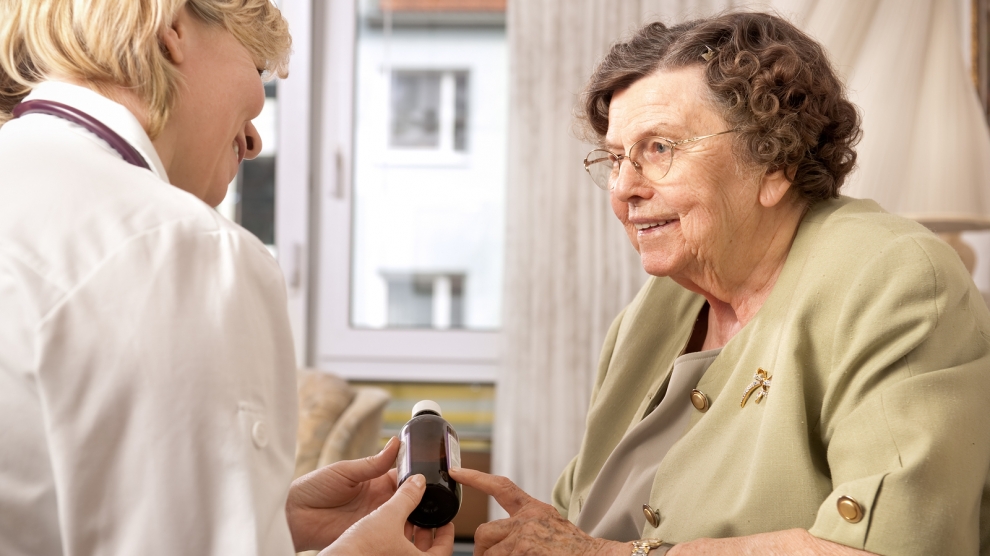With the number of pensioners in Poland set to outnumber the working-age population by 2060, a recent article in the news magazine Plus Biznesu (PB) has suggested that there is a growing interest in constructing care homes and special housing for the elderly, but that the effects are yet to be seen on the country’s real estate market.
Kamil Kowa, director of the capital advisory department and valuations at Savills, told PB that “the market is dispersed, mostly small units with a few dozen beds, located mainly in small towns. Private operators often supplement their revenues by offering services financed by the National Health Fund (NFZ). However, these contracts are only signed for a year at a time, which for many investors provides additional risk.”
Orpea, a leading European operator in dependency care, via its Polish subsidiary Orpea Polska, offers various forms of accommodation: the company offers approximately 1,000 places in nine modern centres – nursing homes and rehabilitation clinics, mainly in Mazovia, as well as in Chorzów and Wrocław, where apart from nursing homes, they also offer assisted living apartments.
“We target cities with over 200,000 residents. It is important to be conveniently connected by public transport, because residents visit their friends or grandchildren, often without a car. For this reason, we prefer to have five buildings of 100 beds in different districts of a larger city than one large building with 500 beds,” Beata Leszczyńska, president of Orpea Polska tells PB
Because Orpea Polska is set up as a care provider, the company is exempt from VAT and cannot deduct VAT from costs. As a result the company prefers to build and design its own facilities to avoid paying the 23 per cent VAT rate on rental property.
“We are a branch investor – we build for ourselves, not for sale to investors, although there have been queries. As a company, we earn on medical and care services. Our pricing in not dependent on the cost of renting space, we determine the price of the service, including the number of personnel and occupancy,” explains Ms Leszczyńska.
Marek Kubicki, a senior board member at Medicover, a regional supplier of medical and care services, says that for more investment in care homes to happen, a lot depends on the approach of the state, which is currently cautious towards private operators. “It does not direct those in need to their facilities,” he says. “If a system of supervision and control were developed, perhaps the problem of trust would disappear.”
What is clear is that either the state needs to begin investing in care homes or it needs to develop a system for referring patients to private institutions.
“The cost of staying with us is comparable to staying in a public social welfare home (DPS), and by paying for a stay with us, the state saves on investing in its own facilities. The cost of a person with advanced Alzheimer’s disease in a state institution in Warsaw is 6,000 zloty per month, and with us between 4,300 and 4,800 zloty per month. Those with early stage Alzheimer’s, who have a low level of dependence, could pay as little as 3,500 zloty per month, while the cost of DPS residence for the local government in Warsaw is 4,000 zloty, and not less than 3,000 in other parts of Poland,” explains Mr Kubicki.
Many experts believe that the biggest opportunity for pensioner housing is represented by serviced apartments, as they create far fewer barriers for entry.
“The only time a person should be in a nursing home is if they are unable to live independently. Other people who have different ailments, most often motor, and require only temporary care should receive it in serviced apartments. They will still have their independence, will be more comfortable and – most importantly, if they are well designed and managed – much cheaper than 24-hour care,” explains Jacek Piwkowski, vice president of Millenium Investment, a private investor in the Bażantowo estate in Katowice, which builds social care homes, 24/7 care facilities and a complex of residential buildings.
While part of the solution is to create an environment where senior citizens still maintain some form of independence, with around-the-clock care services when needed and space that encourages social interaction and safety, the ultimate goal is to have excellent staff providing care.
“The most difficult and the most important aspect in the development of these facilities and for their residents is to provide kind and competent support staff,” concludes Mr Piwkowski.


Add Comment